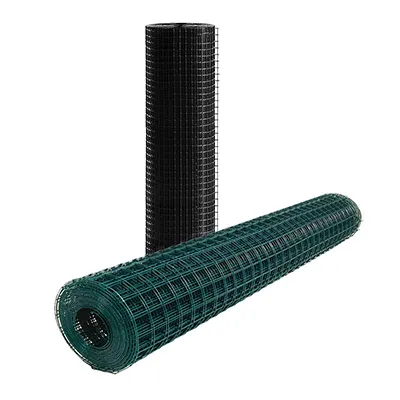-
+86 15030157877
-
sales@galvanizedmetalmesh.com
gru . 16, 2024 09:13 Back to list
binding wire factory
The Importance and Versatility of Binding Wire in Manufacturing
Binding wire plays a crucial role in various industries, serving as an essential tool for fastening and securing materials. Often overlooked, it is a fundamental component in the operations of binding wire factories, which specialize in the production of high-quality binding wire for diverse applications. This article explores the significance, types, manufacturing processes, and applications of binding wire.
What is Binding Wire?
Binding wire is a thin, flexible wire that is typically made from materials such as steel, aluminum, or plastic. Its primary role is to bind or secure items together, which makes it invaluable in construction, agriculture, packaging, and crafting. The wire is available in various gauges and lengths, catering to the specific needs of different industries.
Types of Binding Wire
Binding wire can be categorized based on material and application
1. Galvanized Wire This type is coated with zinc to prevent rusting, making it ideal for outdoor applications and in humid environments. It’s particularly popular in construction for tying rebar and other materials securely.
2. Stainless Steel Wire Known for its strength and corrosion resistance, stainless steel binding wire is used in medical, food, and marine applications where hygiene and durability are a priority.
3. Plastic-Coated Wire Often used in crafting and gardening, plastic-coated binding wire is available in various colors and is appreciated for its aesthetic appeal and UV resistance.
4. Electrical Binding Wire Specifically designed for electrical applications, this wire helps in bundling and organizing electrical cables, ensuring safety and efficiency.
Manufacturing Process of Binding Wire
The production of binding wire involves several key steps, which include
binding wire factory

1. Wire Drawing This is the process of reducing the diameter of raw material, typically steel, through a series of dies. The drawn wire is then subjected to various treatments to enhance its properties.
2. Galvanizing If galvanized wire is being produced, the drawn wire goes through a hot-dip galvanizing process where it’s coated with zinc to enhance its resistance to corrosion.
3. Cutting and Packaging Once the wire reaches the desired specifications, it is cut into standard lengths. The segments are then packaged for distribution. Factories prioritize packaging to ensure that the wire remains undamaged during transportation.
4. Quality Control Rigorous testing is carried out to ensure that the wire meets industry standards for strength, flexibility, and corrosion resistance. Quality assurance is critical for maintaining the reputation of the binding wire factory.
Applications of Binding Wire
Binding wire finds applications across various sectors
- Construction Binding wire is extensively used for reinforcing concrete structures, securing rebar, and in masonry work. Its strength and flexibility make it a reliable choice for builders.
- Agriculture Farmers use binding wire to tie plants, support trellises, and secure bales of hay. It helps in maintaining the structure and organization of crops.
- Packaging In the packaging industry, binding wire is used to secure items together for shipment, ensuring that products remain intact during transportation.
- Crafting and DIY Projects Crafters appreciate binding wire for its versatility, using it in art projects, jewelry making, and home decor.
Conclusion
Binding wire, often a silent yet essential component within various industries, continues to hold significant importance in both production and daily activities. Through the innovative processes employed by binding wire factories, the industry can provide solutions that meet the ever-evolving demands of construction, agriculture, packaging, and crafting. As industries grow and change, the role of binding wire will undoubtedly expand, highlighting the need for continual advancements in its manufacturing and applications. Embracing this humble yet vital product can lead to improved efficiencies and outcomes across sectors, ensuring it remains a staple in our manufacturing landscape.
-
Premium Welded Gabion Mesh | Robust & Eco-Friendly
NewsJul.31,2025
-
Premium Eco-Friendly Roof Tiles | Affordable & Durable
NewsJul.31,2025
-
Premium Roof Tiles for Durable & Stylish Roofing Solutions
NewsJul.30,2025
-
High-Quality Roof Tiles for Durable & Stylish Roofing Solutions
NewsJul.29,2025
-
High Quality Square Wire Mesh Manufacturer & Supplier for Wholesale
NewsJul.29,2025
-
Premium Roof Tiles for Durable & Stylish Roofing Solutions
NewsJul.29,2025



